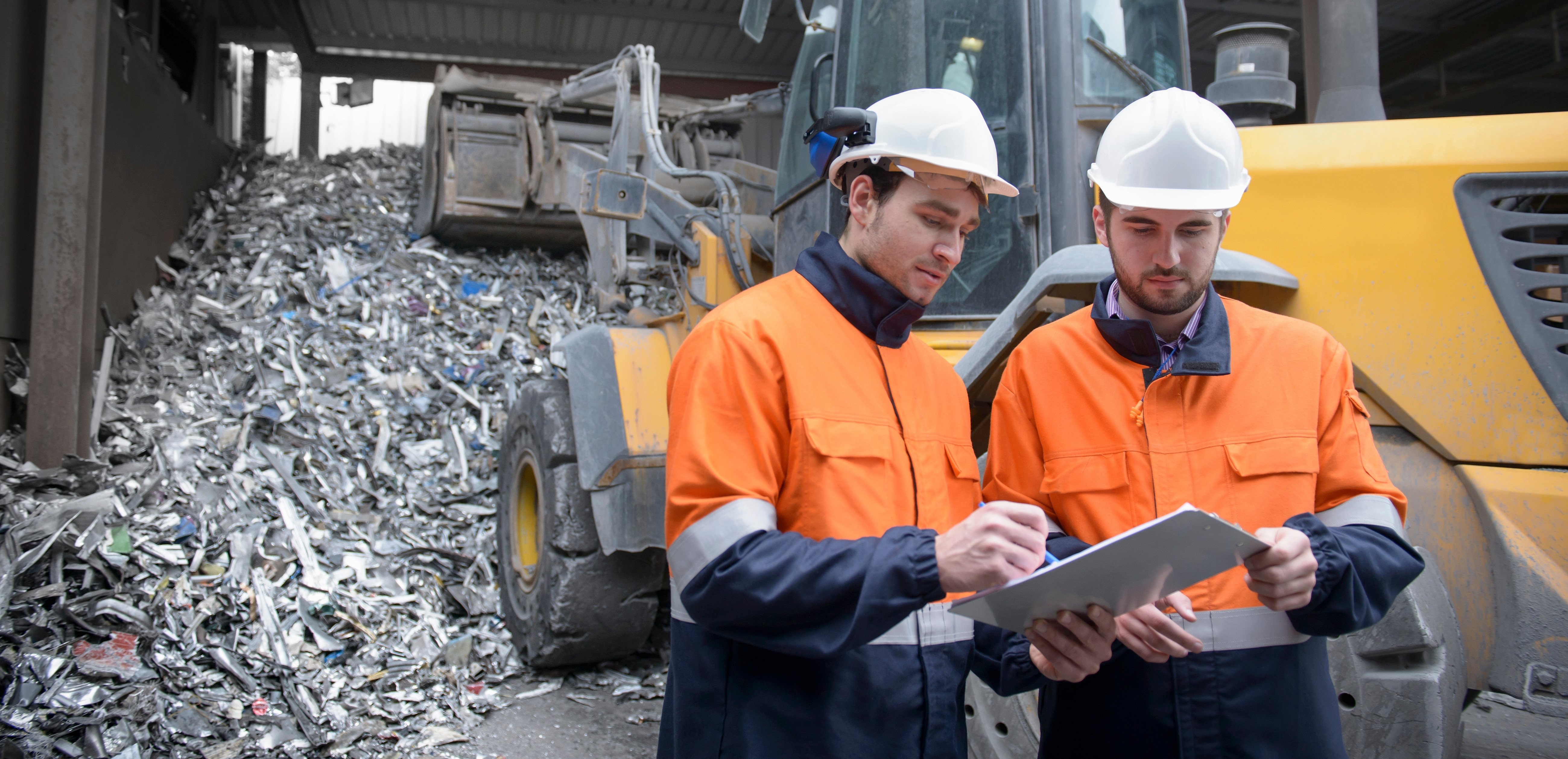As the world further embraces the growing importance of sustainability and the road to net-zero1, eMobility has become more important in the transportation industry. However, the industry still faces several hurdles in the eMobility space. Read on to explore the challenges and opportunities of medium-duty e-Trucks and how DLL can help navigate your journey to a reduced-emissions fleet.
The transportation industry is witnessing a significant shift towards eMobility, as many companies are now adopting electric vehicles as part of their fleet. This shift is driven by the need to reduce global greenhouse gas emissions, improve air quality in our cities, and meet regulatory requirements. The move to an electric fleet offers potential benefits for companies too, including reduced operating costs, improved energy efficiency, and decreased dependence on fossil fuels.
However, the transition to eMobility is not without challenges, including the high cost of purchasing electric vehicles, the limited range of batteries, and the lack of charging infrastructure in more rural areas. Additionally, companies may have concerns about the reliability of electric vehicles and their ability to perform in harsh weather conditions.
Medium-duty trucks are usually defined as having a mass of more than 3.5 tonnes and less than 16 tonnes, used for the carriage of goods. Most trucks are custom-built to meet specific requirements and can vary in engine size, fuel type, cab design, and chassis height.
Trucks are important for trade and commerce, carrying 77% of all land freight in the European Union. They also function as part of a larger logistics chain that includes other transport modes, such as rail, air and water. Trucks deliver most of our daily necessities, such as food, clothing and electronics, as well as essential public services, such as garbage collection, fire and construction.
Medium-duty e-Trucks will play a critical role in the eMobility transition, as they are used for urban transportation and last-kilometre delivery; the final stage of a product’s journey from a business (such as a retailer, distribution centre, or warehouse) to the customer’s doorstep. Their versatility and ability to operate in congested areas make them an important part of the transportation ecosystem. The success of the eMobility transition will depend on the ability of companies to overcome the challenges identified and adopt medium-duty e-Trucks as a viable alternative to traditional fossil fuel-powered vehicles.
The state of medium duty e-Trucks in eMobility
Medium-duty Trucks in the eMobility space are rapidly evolving, with many original equipment manufacturers (OEMs) starting to produce their own electric models. While battery-electric vehicles (BEVs) are the most common type of e-Trucks, Fuel Cell Electric Vehicles (FCEVs) are another potential option. FCEVs have the advantage of longer ranges and faster refuelling times compared to battery-electric vehicles, but they come with their own set of challenges, such as higher purchase costs than BEV trucks and the limited availability of hydrogen refuelling stations.
While some businesses are starting to make the transition to electric fleets, many companies may be hesitant due to the high cost of electric vehicles and the lack of charging infrastructure. To address this issue, investments are being made in projects that showcase what is possible in last-kilometre delivery and zero-emission zones, which prioritise the use of low-emission vehicles, in order to encourage businesses to make their own investments in eMobility.
Other solutions being investigated include the use of e-cargo bikes, micro-consolidations, and compulsory consolidation centres outside of city centres. Micro-consolidations and compulsory consolidation centres both involve collecting and sorting parcels at a facility near the delivery point and then using low-emission modes to deliver them to the customers. They can help reduce traffic congestion, emissions, and delivery costs in urban areas, but they may require financial support and coordination from local authorities and stakeholders.
Boosted by regulations and initiatives, the market for medium duty e-Trucks is expected to grow significantly in the coming years, as more companies look to reduce their carbon footprint in an effort to achieve their sustainability goals.
Managing the cost of ownership
The initial cost of acquiring an e-Truck is often higher compared to traditional diesel trucks due to the high cost of batteries and electric drivetrains. However, the Total Cost of Ownership(TCO) for an e-Truck over its lifespan can be lower due to reduced maintenance and fuel costs. To manage the TCO, lease solutions have become an increasingly popular option for companies looking to make the transition to e-Trucks. Leasing allows companies to spread out the costs over time and can also provide access to the latest technology.
With advancements in technology and increased adoption of electric vehicles, economies of scale could also help to reduce the cost of ownership over time.
Charging infrastructure for medium duty e-Trucks
One of the major challenges facing the adoption of e-Trucks is the limited availability of charging infrastructure. Unlike fuel stations, electric vehicle charging stations are still relatively rare and often not designed for commercial use. This means companies may need to install their own charging infrastructure or rely on a limited number of public charging stations.
Charging times are also a significant consideration for companies looking to adopt e-Trucks. While refuelling a diesel truck takes a matter of minutes, the extended charging times required by e-Trucks can limit the amount of time vehicles spend on the road, which has implications for business models and vehicle usage. Companies may need to rethink their current business models and adapt to the limitations of e-Trucks. This could involve adjusting delivery routes or schedules to allow for charging times or investing in larger batteries to extend the range of the vehicle.
Efforts to decarbonise last kilometre deliveries are also resulting in businesses exploring and developing micro hubs near city centres, such as this example from UPS. Micro hubs provide a way to utilise electric vehicles across the last-kilometre, helping to reduce emissions.
Subsidies and incentives
Subsidies and incentives are an important factor in promoting the adoption of e-Trucks. Many countries offer subsidies or tax incentives to companies that purchase electric vehicles. However, the availability of these subsidies can vary widely between countries and may depend on factors such as the type of vehicle or the size of the company. In addition, government policies can change quickly, and subsidy funds may be limited. This means that companies considering the adoption of e-Trucks should carefully research the availability of subsidies and incentives and consider the potential impact of changing policies. Nevertheless, subsidies and incentives can play an important role in reducing the cost of ownership and promoting the adoption of e-Trucks.
What’s next for medium duty e-Trucks?
The medium-duty truck sector faces several challenges in transitioning to eMobility. However, solutions such as lease options can help manage the TCO and the investment in last-kilometre delivery while the expansion of zero-emission zones continue to promote the adoption of e-Trucks.
Adapting to new technologies and exploring different solutions will be critical for companies looking to remain competitive and reduce their carbon footprint. The outlook for the medium-duty truck sector is promising, with advancements in technology and increased adoption of electric vehicles expected to drive down costs and increase the availability of charging infrastructure. As the energy transition continues, the medium-duty truck sector will play an important role in promoting sustainable transportation and reducing emissions.
DLL can help finance your electric fleet
DLL is a leading global provider of asset-based financial solutions across a range of industries, including transportation. DLL is strongly committed to enabling sustainable business growth and has developed innovative financing solutions to support businesses in reducing their environmental impact. Additionally, DLL has a deep understanding of the unique challenges facing the transport industry and a range of tailored financing solutions to meet the specific needs of company fleets.
DLL’s partnerships with e-Truck manufacturers like Volta and Xos Trucks mean we are at the forefront of funding the transition to fully electric vehicles, providing innovative financing and leasing solutions to the eMobility market.
Get in touch with one of our industry specialists today to discuss a tailored finance solution for your eMobility needs.
1 Zero tailpipe emissions during use


